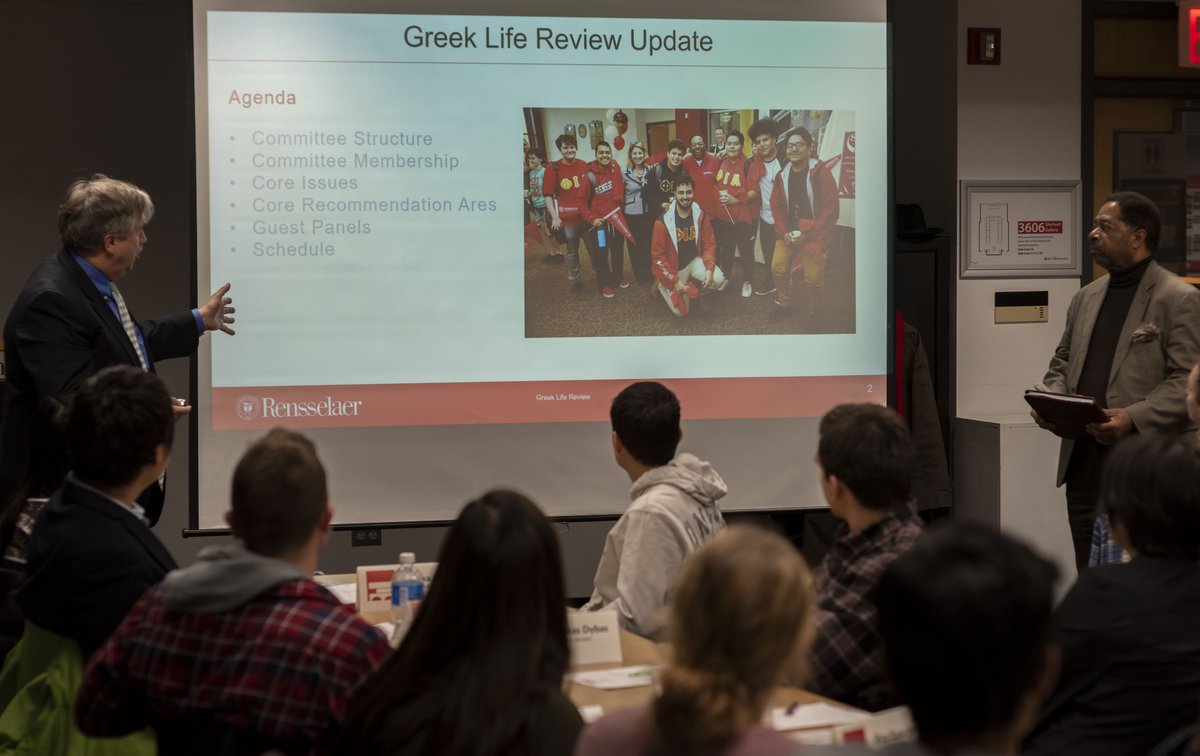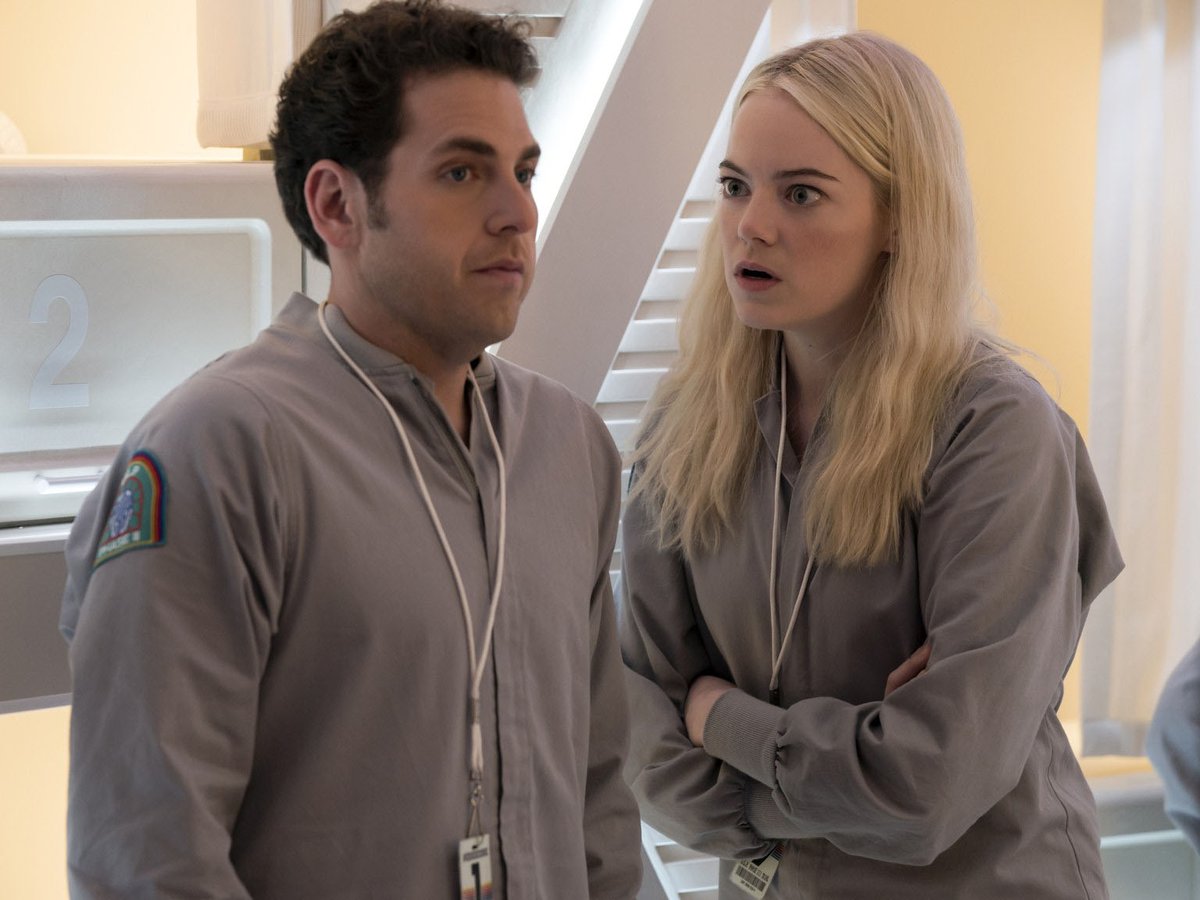Art should be challenging
“Welcome to my dollhouse.” Experimental Media and Performing Arts Center Director Johannes Goebel held an event addressing many common questions about the subject of art. Goebel challenged attendees by asking why art exists, why we care about art, what qualifies as art, and what EMPAC’s place is in all of it—first by creating the parallel between his opinions and a dollhouse, and then by presenting his “dollhouse.”
The main idea that I got from the conversation was that art must, above all else, challenge the viewer. A good example of this, for me, is the piece Fountain, a piece of art which was produced by Marcel Duchamp. The sculpture was simply a urinal which was signed “R. Mutt.” Why would I consider this a piece of art? Anyone could argue that putting a signature on a urinal is by no means artistic, and requires zero to no skill to do. Fountain is art because it was done to challenge the narrative of what society considers art. It was something new that challenged the status quo. Something as simple as putting a signature on an everyday object and then displaying it in The Grand Central Palace in New York made me wonder if it was really artistic. And every time that I think about it, or look at photos made of it, I question whether art can be as simple as a mundane object.
Another point that Goebel made was, “There is no right or wrong in art,” and that there are huge cultural differences and influences in art which illustrate this point. By comparing the art displayed on the ceilings of Islamic mosques and Catholic churches, Goebel demonstrated that, while both display vastly different imagery which could be considered artistic, neither is inherently right or wrong. Nowhere in the Quran does it prohibit the use of human or animal imagery in art; however, tradition dictates that such imagery is not used in mosques, so when you visit one you will notice that the ceilings depict beautiful images of shapes and objects. When you compare this to the tradition of Catholic art, the differences are abundant. The usage of human imagery is abundant throughout Catholicism. Goebel tried to show that these differences illustrate that every person has a different artistic perspective, and that there is no such thing as correct art.
Goebel went further, explaining that good art should open doors for people to gain new perspectives. He explained that art is a form of time compression. Artists compress the time spent devoted to understanding an experience or thought by compressing it into whatever medium they choose, which can then be later unraveled by the audience through a conversation with the piece. This unfolding of the piece allows for the audience to open new windows in their “dollhouse,” which in turn allows them to see things which they may have not seen before. Goebel elegantly explained that art is a “Constant refinement in seeing, watching, hearing, listening, moving, perceiving that, which is other and what others made.”
This conversation really helped answer some questions that I had about art, and I gained a deeper understanding about its role. It is clear to me that Goebel has succeeded in creating an environment which encourages growth and discovery by executing his vision at EMPAC. I highly recommend that students try to expand their horizons and gain new perspectives by utilizing the great opportunity that EMPAC offers, as that is what helps us grow more than anything else.
If you would like to watch a recording of the conversation, the video can be found at poly.rpi.edu/s/artalk.

 Student Senate
Student Senate
 Editorial Notebook
Editorial Notebook
 Tv Series Review
Tv Series Review